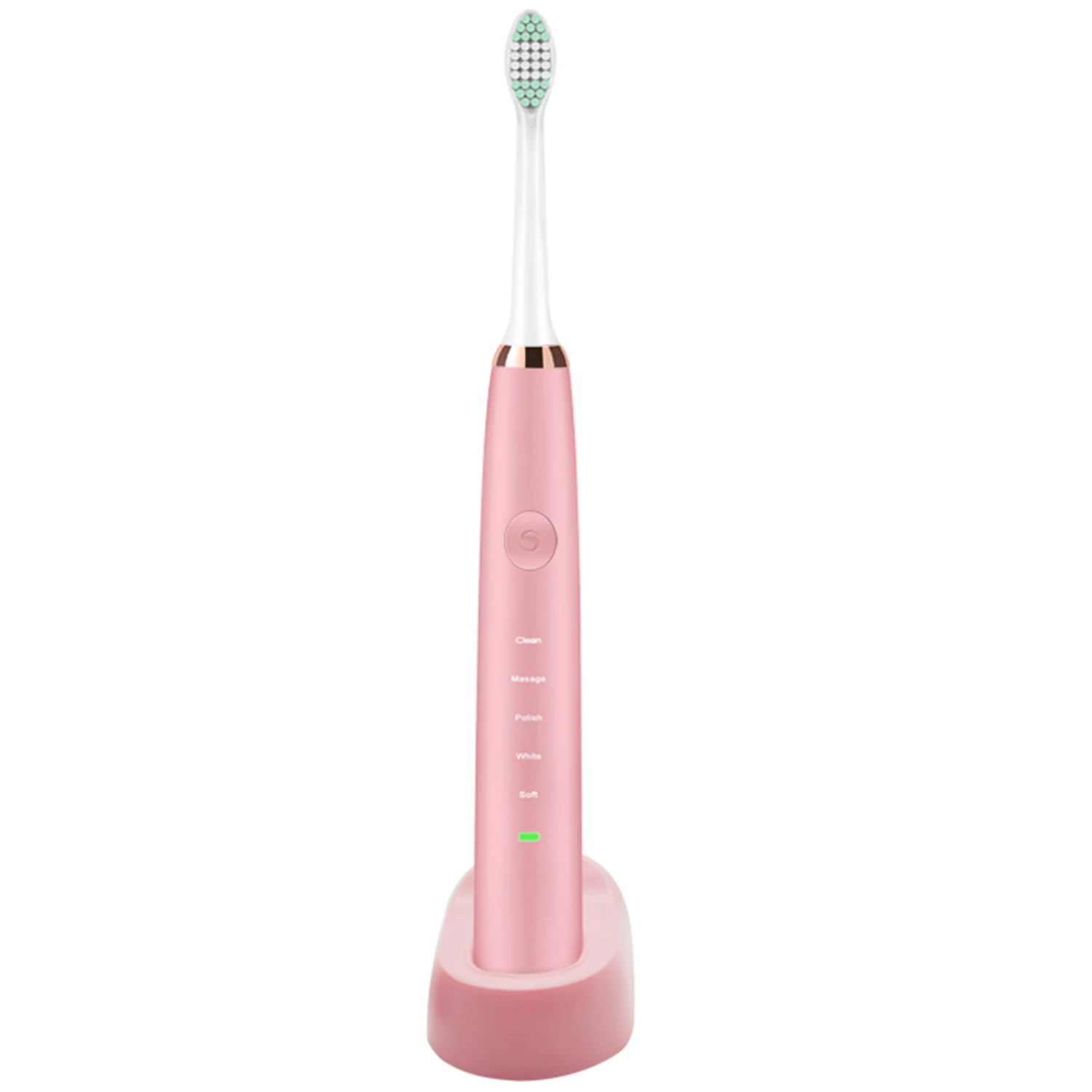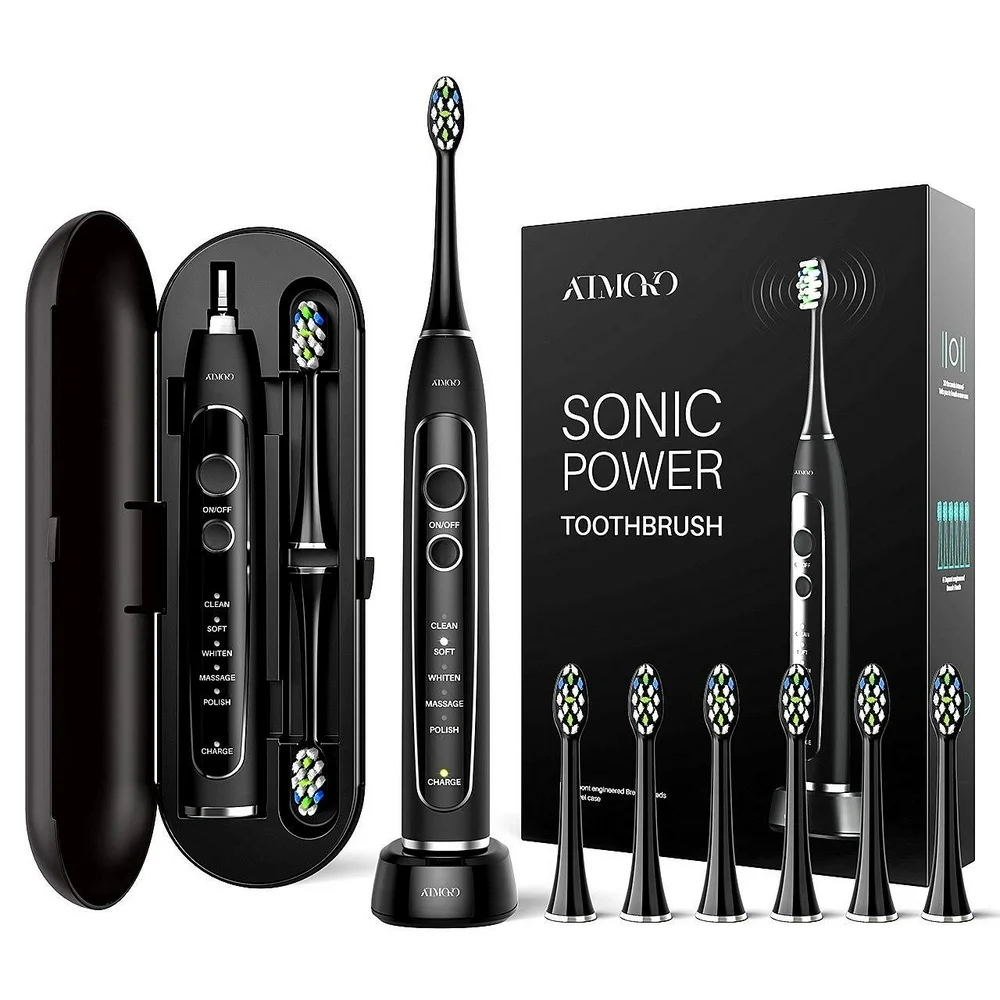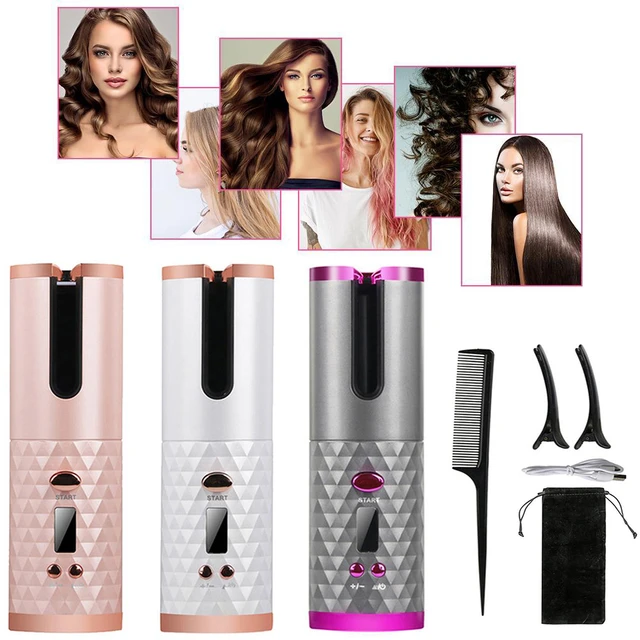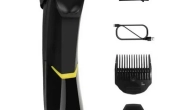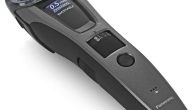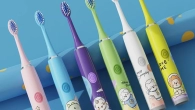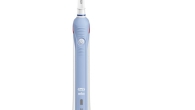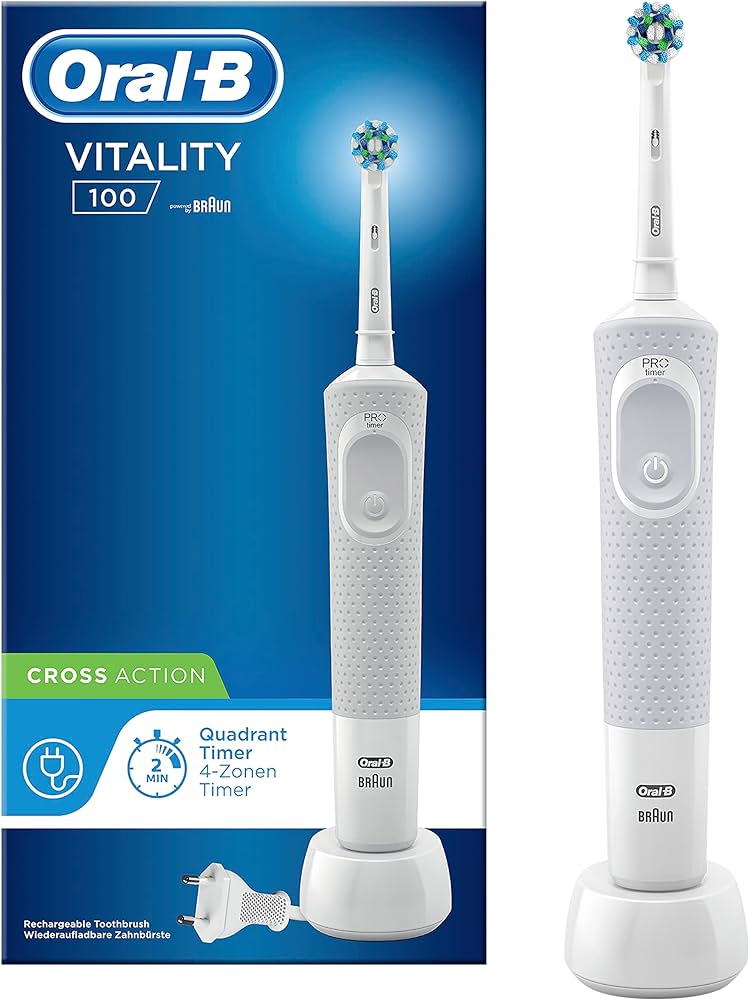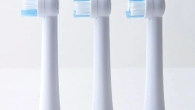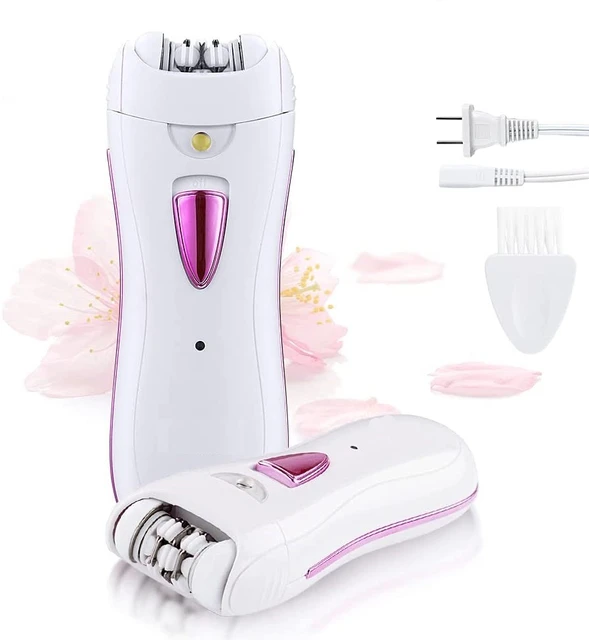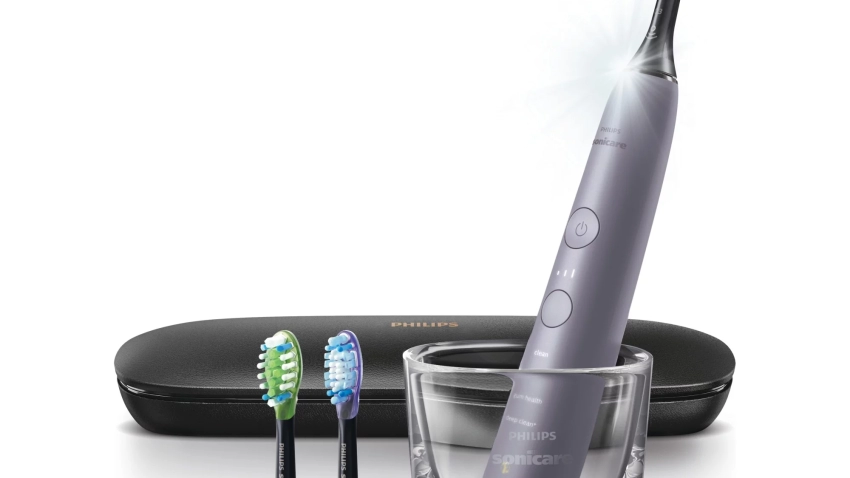
The First Electric Toothbrush: A Revolutionary Step in Oral Hygiene
In the journey of dental hygiene, technological advancements have played pivotal roles in improving the efficacy and convenience of oral care. One of the most significant innovations in this area is the introduction of the first electric toothbrush. This device revolutionized how we approach tooth brushing, making it easier and more effective for millions around the globe. In this article, we will delve into the history, development, and impact of the first electric toothbrush, exploring its evolution and the ongoing advancements in oral care technology.
The Origins of Dental Hygiene
Before focusing on the first electric toothbrush, it’s essential to understand the evolution of dental hygiene products. Ancient civilizations utilized various methods for oral care, ranging from primitive chew sticks to sophisticated tools made of animal bones and bristles. The Egyptians, for example, created early forms of toothbrushes using frayed twigs.
From Manual to Mechanical
The transition from manual tooth brushing to mechanical devices is a reflection of society’s ongoing quest for convenience and efficiency. As dental problems became more prevalent, especially in the industrialized world, there was an increased demand for effective oral hygiene solutions. The invention of the toothbrush in the 18th century marked a significant turning point, laying the groundwork for future innovations.
The History of the First Electric Toothbrush
The first electric toothbrush can be traced back to the 1930s. While dental hygiene had been evolving for centuries, the rapid technological advancements of the 20th century paved the way for inventions that could transform routines. With the rise of electricity and electric appliances, it was only a matter of time before someone would create a toothbrush that could harness this energy.
The 1930s Innovation
In 1939, the first electric toothbrush was developed in Switzerland by a company known as Broxodent. Initially designed for people with limited mobility, this device aimed to facilitate oral hygiene for those who struggled with traditional tooth brushing methods. The Broxodent featured a small, rotating head that vibrated to clean teeth, resembling the early concepts of modern electric toothbrushes.
The Functionality of Early Electric Toothbrushes
The early models were primarily aimed at dental professionals and were quite bulky compared to today’s designs. They ran on rechargeable batteries and utilized a few different bristle movement patterns. However, the main objective was to aid individuals who had difficulty using manual brushes, such as the elderly or those with disabilities.
The Rise of Electric Toothbrushes
As consumer awareness and acceptance grew, electric toothbrushes became more widely available. The introduction of the first electric toothbrush significantly changed how people perceived oral care. Gradually, manufacturers began focusing on improving design and functionality.
Advancements in Technology
With ongoing technological advancements, many manufacturers began developing electric toothbrushes with diverse features. The 1970s saw the launch of several models with adjustable speed settings and movement types, including oscillation and pulsation. The Philips Sonicare, introduced in 1992, marked a significant leap in technology, bringing sonic technology into mainstream dental care.
Increased Cleaning Power
Electric toothbrushes offered enhanced cleaning power compared to manual brushes. They could remove plaque more effectively, reducing the incidence of cavities and gum disease. Their oscillating and vibrating features increased the frequency of bristle movement, ensuring a deeper clean that was difficult to achieve manually. Consumers soon recognized the benefits of these devices, leading to a spike in their popularity.
The Health Benefits of Electric Toothbrushes
Numerous studies have shown the health benefits associated with using an electric toothbrush compared to a manual one. As consumers became increasingly health-conscious throughout the late 20th century and early 21st century, the demand for effective oral hygiene products surged.
Improved Dental Health
Regular use of an electric toothbrush has been linked to reduced gingivitis and plaque accumulation. The technology in electric toothbrushes often includes built-in timers to encourage users to brush for the recommended two minutes. This ensures more thorough cleaning, which is particularly beneficial for people with busy lifestyles.
Additional Features for Enhanced Care
Modern electric toothbrushes come equipped with various features designed to enhance the brushing experience. Many models now include smart capabilities, such as Bluetooth connectivity, which allows users to connect to a mobile app that provides feedback on their brushing habits. Some brushes even include pressure sensors that alert users if they are brushing too hard, which can prevent enamel erosion and gum damage.
The Electric Toothbrush Market Today
The electric toothbrush industry has evolved significantly since the introduction of the first electric toothbrush. Today, manufacturers offer various models with an array of features, from basic battery-operated brushes to advanced smart devices equipped with artificial intelligence.
Market Growth and Future Innovations
The growth of the electric toothbrush market can be attributed to increasing awareness of oral health, evolving consumer preferences, and the rise of preventative dental care. Brands such as Oral-B and Philips Sonicare dominate the market, but smaller companies are also emerging with innovative designs and features aimed at specific demographics.
As technology continues to advance, we can expect more innovations in the electric toothbrush arena. Some of the emerging trends include the integration of UV sanitization systems, personalized brushing modes, and the incorporation of artificial intelligence and sensor technology to provide real-time feedback.
Sustainability Considerations
With increased awareness of environmental issues, manufacturers are beginning to focus on sustainability. Products made from recyclable materials and brushes designed to minimize waste are becoming increasingly popular. Many brands are now offering replacement heads, which drastically reduce the amount of plastic waste generated annually.
Consumers’ Perspectives and Adoption Rates
The adoption of electric toothbrushes varies across different demographics, influenced by factors such as age, income level, and education. While the initial perception was that electric toothbrushes were a luxury, many consumers now view them as an essential component of oral care.
Education and Awareness
Educating consumers about the benefits of electric toothbrushes plays a critical role in increasing adoption rates. As dental professionals offer recommendations for better oral hygiene practices, more individuals are becoming aware of how an electric toothbrush can significantly improve their dental care routines.
The Role of Marketing
Marketing campaigns focused on the effectiveness and convenience of electric toothbrushes have contributed to their popularity. Companies have effectively utilized social media platforms, influencers, and content marketing to engage consumers. Testimonials and clinical studies highlight the benefits of electric toothbrushes, appealing to a more health-conscious audience.
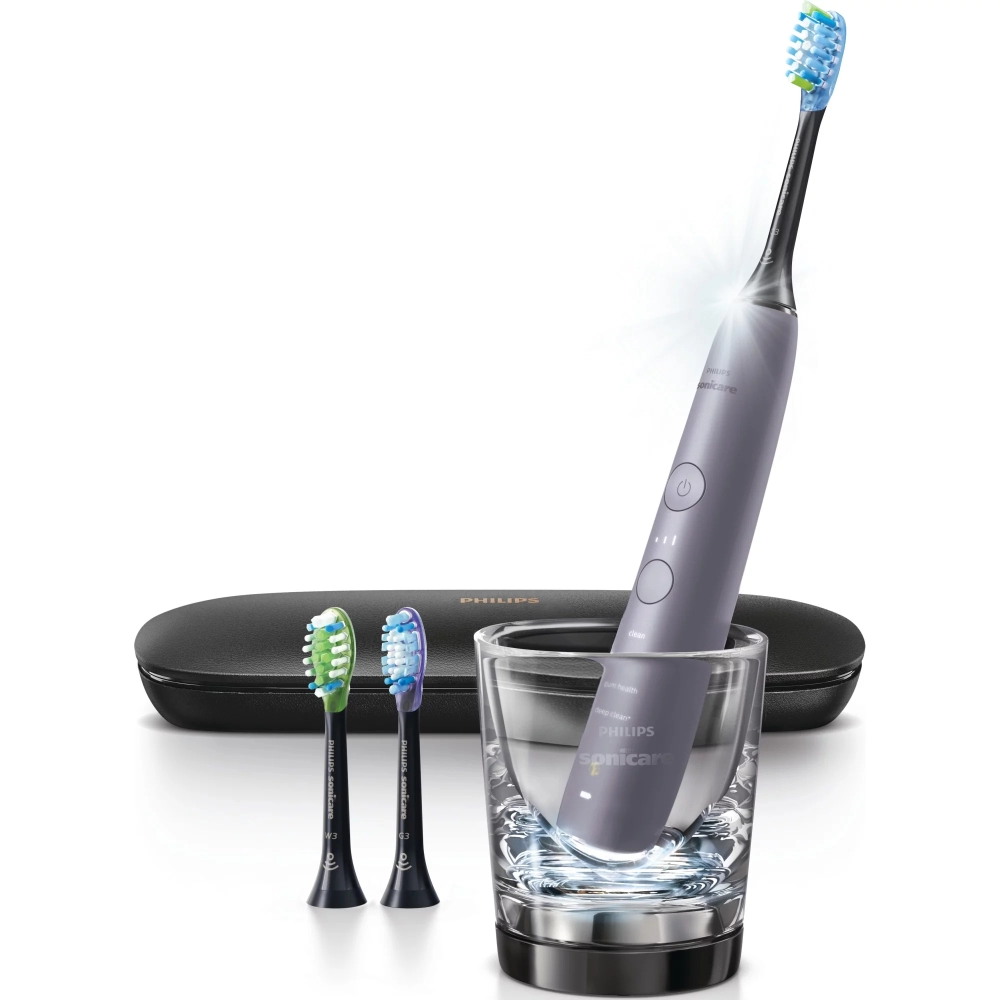 The Future of Oral Care Technology
The Future of Oral Care Technology
The journey of the first electric toothbrush is just the beginning of what promises to be an exciting and innovative future in oral care technology. As the industry evolves, we can expect the integration of new technologies that not only enhance the brushing experience but also provide valuable information about oral health.
Artificial Intelligence and Customization
One of the most promising advancements is the application of artificial intelligence to personalize brushing experiences. Users may be able to select specific settings based on their dental needs, and the device could adjust in real-time to optimize performance. This kind of customization could further enhance oral health outcomes and make brushing a more engaging experience.
The Role of Telehealth
Telehealth has gained traction in recent years, particularly following the COVID-19 pandemic. The integration of telehealth with dental care is likely to expand, allowing for remote consultations and advice on oral hygiene practices. Electric toothbrushes equipped with sensors could collect and share data with dental professionals, enabling preventative care and timely interventions.
Conclusion
The first electric toothbrush marked a transformative moment in the history of dental hygiene. It has grown from a simple device aimed at assisting individuals with limited mobility to a technologically advanced tool essential for modern oral care. The implications of this innovation extend far beyond convenience; they encompass improved health outcomes, increased awareness of oral hygiene, and a continuing evolution of dental care practices. As we look toward the future, one can only speculate about the next wave of advancements in this field, driven by a commitment to enhancing personal well-being. With the legacy of the first electric toothbrush still influencing dental hygiene practices, we can be optimistic about what lies ahead.




